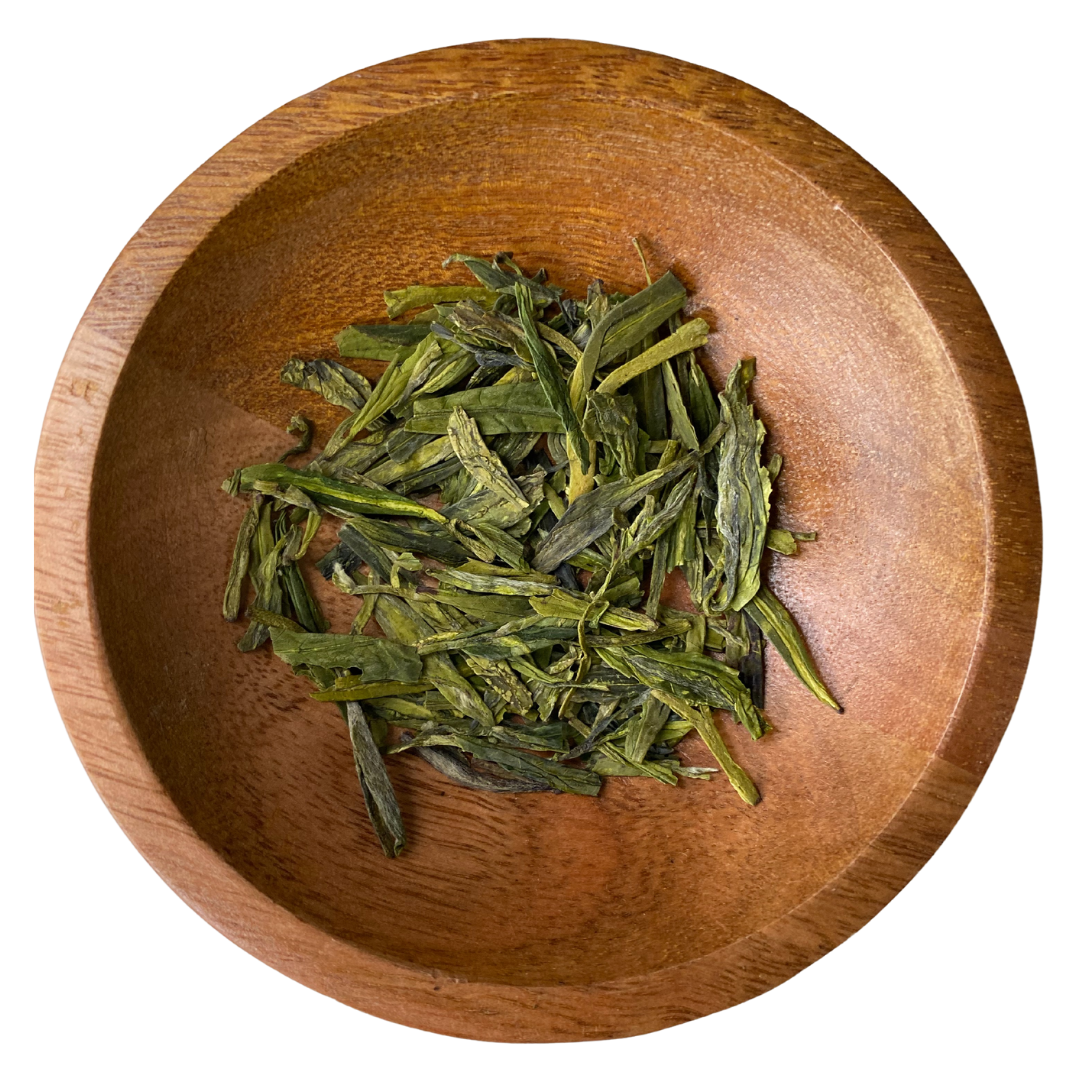
What Is Green Tea? A Fresh Take on a Centuries-Old Sip
Green tea is one of the world’s oldest beverages—and yet, every cup still feels new. Known for its clarity, vibrancy, and range of flavors, green tea is both a daily ritual and a sensory escape. Whether you love it grassy and sweet, savory and rich, or bright and refreshing, green tea offers something for every moment.
Let’s explore what makes green tea unique: how it’s crafted, what it tastes like, and how to steep it to perfection.
What Makes Green Tea Green?
Green tea comes from the same plant as black and white teas—Camellia sinensis—but what makes it distinct is the lack of oxidation. After harvesting, the leaves are quickly heated (by steaming or pan-firing) to preserve their green color and fresh character. This simple yet powerful step stops oxidation in its tracks, locking in the tea’s natural vibrancy.
The result? A spectrum of flavor that ranges from grassy and light to savory, toasty, or sweet—depending on where and how it’s grown.
Flavor Profiles: From Seaweed to Sweet Cream
Green tea can surprise you. It might open with a toasted nuttiness, unfurl into creamy sweetness, or finish with a touch of minerality or citrus. Depending on the style, you might notice:
- Vegetal, creamy notes like matcha or steamed greens
- Bright, crisp flavors like lemongrass, tulsi, or corn silk
- Savory umami or roasted seaweed
- Sweet floral hints or smooth buttery finishes
In short: green tea is never just one thing. It’s a journey in every cup.
Where Green Tea Comes From
The two biggest green tea powerhouses are:
- China, known for pan-fired styles with nutty, roasted depth
- Japan, where steaming brings out grassy, briny, and umami-forward flavors
But beautiful green teas also come from Nepal, Taiwan, and eastern China’s mountainous regions, where high altitudes and cool climates create complex, elegant profiles.
How to Brew Green Tea Without Bitterness
The biggest mistake? Using boiling water. Green tea is delicate—treat it kindly, and it will reward you.
- Water temperature: 160–180°F
- Tea amount: 1 tsp per 8 oz
- Steep time: 1–3 minutes
- Many green teas can be re-steeped 2–3 times—each infusion brings out new flavors.
Teas to Try If You Love Green Tea
🌿 Sweet Serenity
A gentle, grounding tea made from tender spring buds of Huangshan Maofeng. Expect notes of clover honey, candied pear, fresh cream, and a touch of cardamom.
🍃 Emerald Sunshine
Bright and refreshing with notes of sweet corn, prickly pear, lemongrass, and tulsi. Crafted by farmer Li Xiaoping, it’s clean, crisp, and quietly energizing.
🏔️ Jade Dragon
A high-elevation Dragonwell tea with creamy matcha-like body, soft jasmine and rose, and subtle spice. Grown in the tranquil hills of Shi Feng.
🌊 Seaside Brew
Roasted nuttiness, savory seaweed, and a buttercream finish. This Nepali green tea is grounding, gentle, and perfect for slow moments.
🍵 Matcha Ascend
Organic ceremonial-grade matcha with a smooth, grassy flavor and rich emerald hue. Whisk it for a mindful ritual or blend it for a clean, focused lift.
Sip Bright. Sip Balanced.
Green tea may be ancient, but it’s never outdated. It offers calm, clarity, and just enough energy to meet your day with presence. Whether you steep it for stillness or shake it on the go, green tea has a way of showing up exactly how you need it.